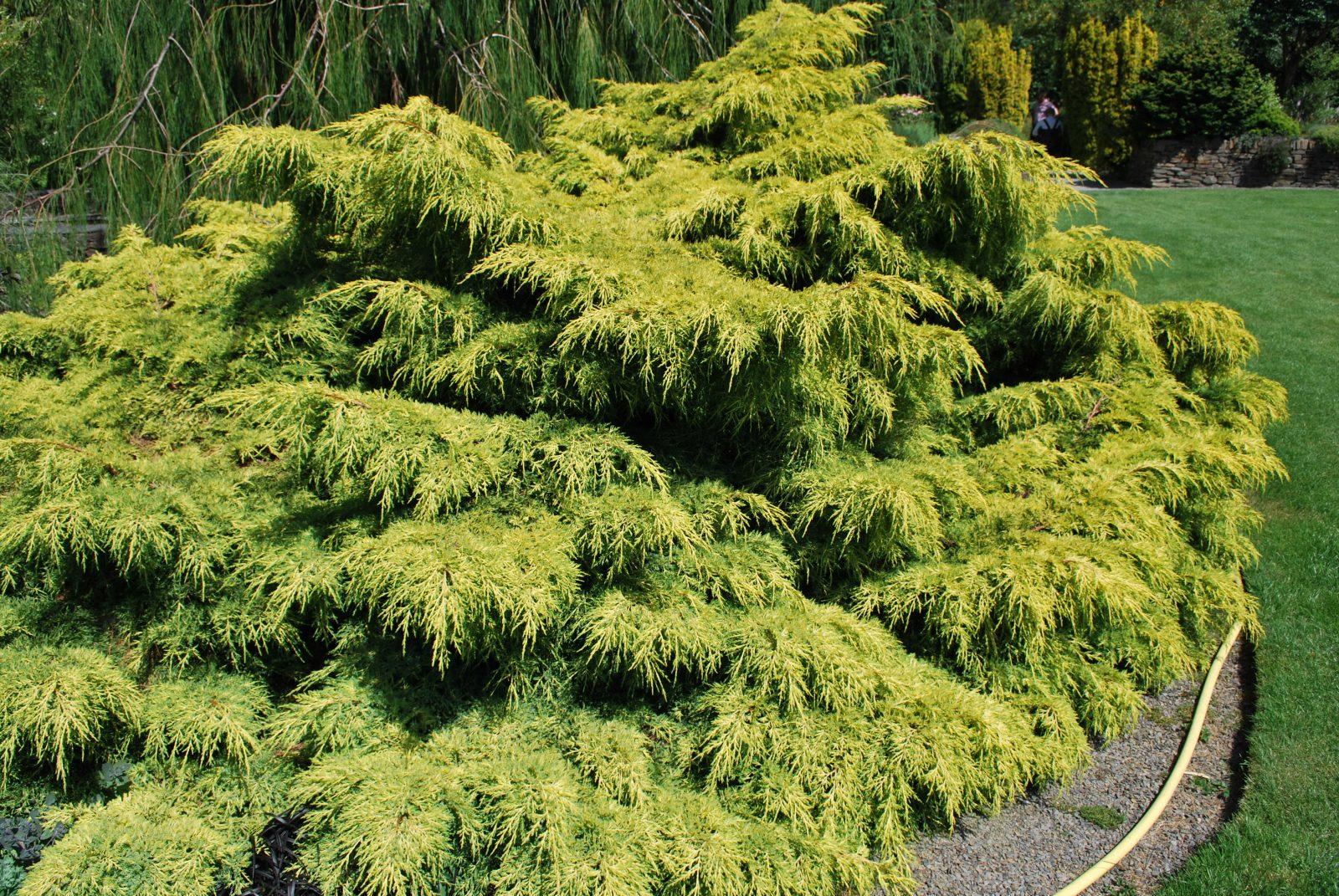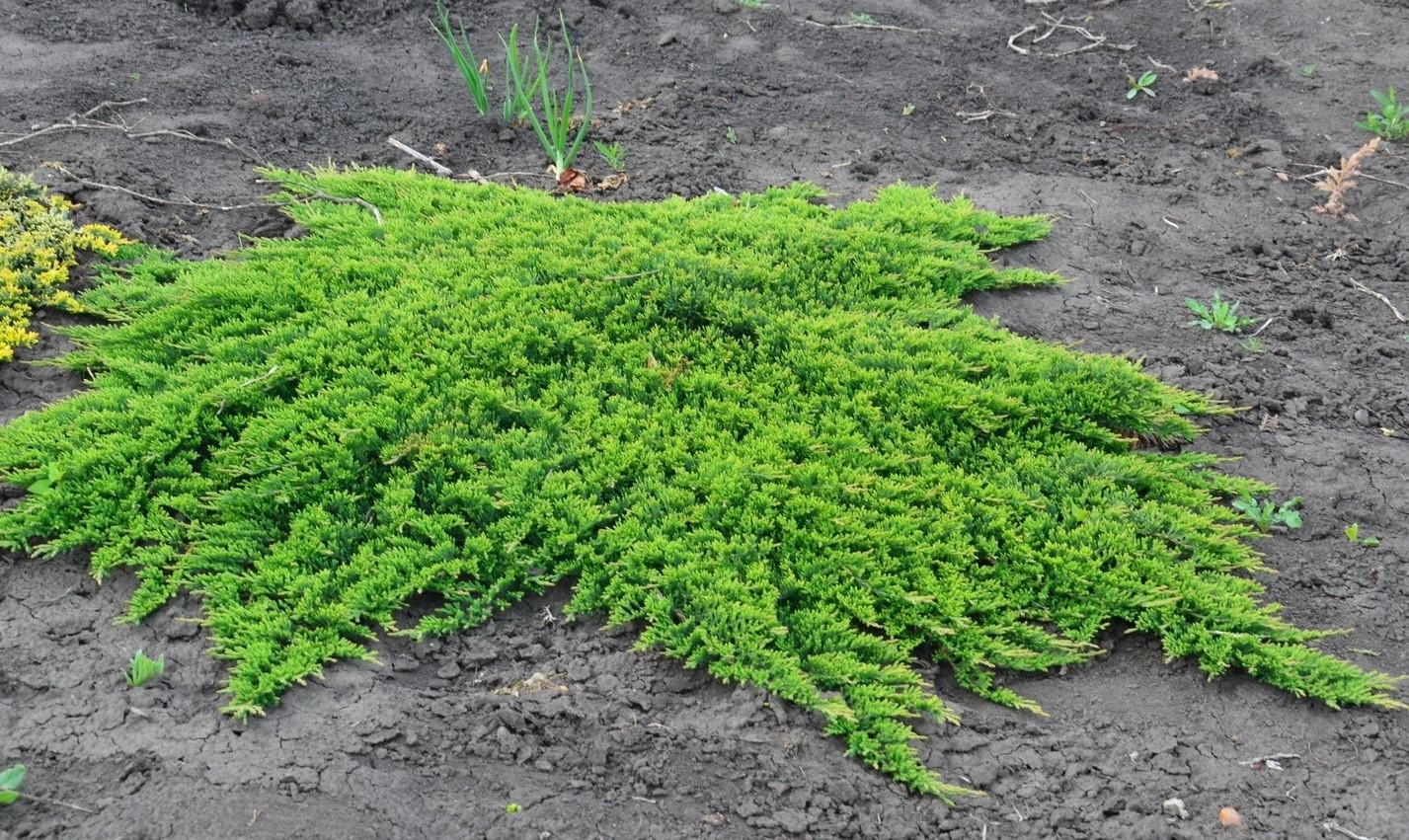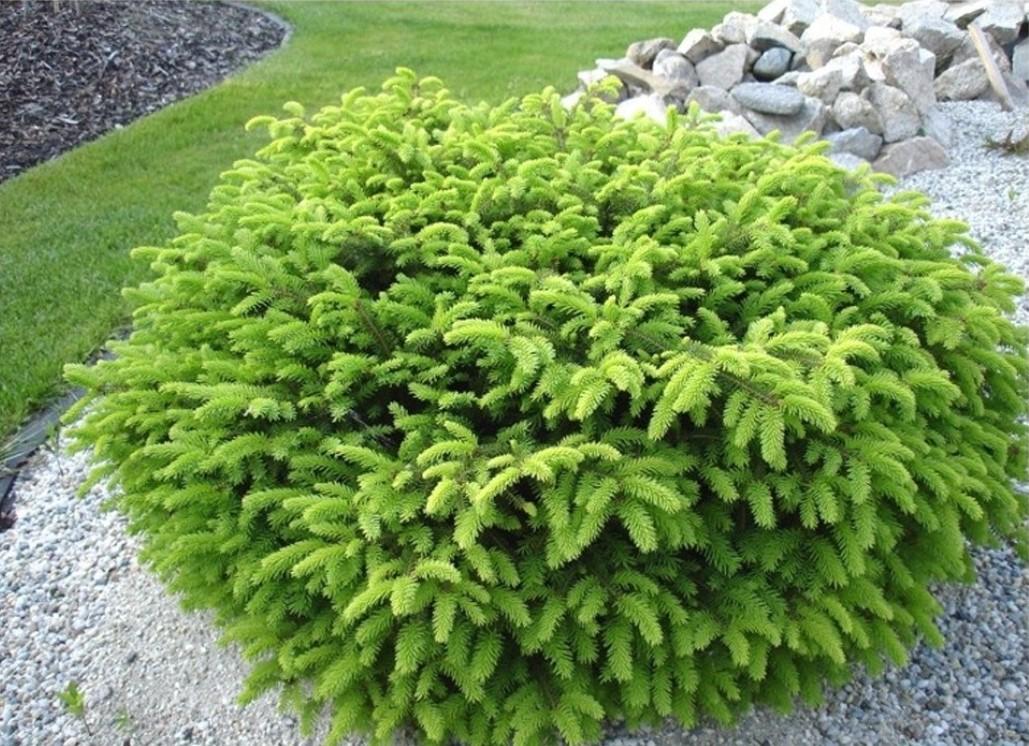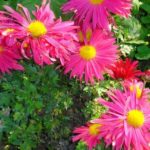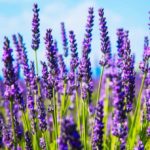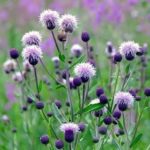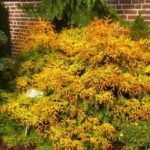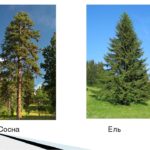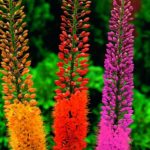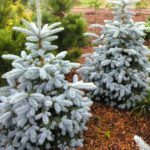Landscaping a summer cottage is considered a long process. Young seedlings do not immediately become mature trees. First, they need to adapt to a new place, fully take root and grow branches. To speed up the process of designing a garden plot, it is recommended to familiarize yourself with unpretentious types of fast-growing conifers and choose a variety for your garden.
Selection criteria
Fast-growing trees and shrubs are considered to be plants that produce a significant crown growth during the first two years, after which their vegetation slows down. The rest of the plants show active growth over the age of 4-6 years. Moreover, their growth does not exceed 5 centimeters. Fast-growing seedlings actively grow greenery during the first years. At this time they manage to give the required shape. From the middle of the biological cycle, such plants begin to grow more slowly and do not require intensive pruning.
Fast-growing conifers include spruce, pine and juniper. They are often used for garden landscaping because they have an evergreen crown. Such plants can be used to create hedges and tapeworms. Fast growth is especially important when designing a hedge. Such crops help to quickly provide protection from the wind, zone the space and make the design more complete.
Fast-growing conifers are most often hybrids. Under natural conditions, classic varieties do not grow so quickly. Selected species, in addition to rapid development, are adapted to specific types of climate, are resistant to diseases and parasites and do not require specific care.
Classic coniferous crops have difficulty taking root in a new place. Fast-growing plants adapt almost without loss. This characteristic is also considered their advantage.
However, not all types of fast-growing plants can grow anywhere. Each variety needs specific conditions that correspond to its characteristics. When choosing a specific culture, you should focus on the following requirements:
- Climatic conditions.It is important to determine the crop’s resistance to frost and elevated temperatures.
- Soil composition. There are varieties that can grow in any soil. However, most conifers prefer a certain soil composition.
- Attitude to light. This feature must be taken into account when choosing a landing site. It will also help you understand in which composition it is better to use the plant.
- Features of agricultural technology. Before planting a crop, it is worth determining its need for watering, fertilizing and pruning.
- Choice of neighbors. Many coniferous plants are quite demanding of the crops that grow nearby.
Junipers
Junipers, which can be represented by various varieties, are often used to decorate a site. Breeders managed to develop shorter and taller plants. In addition, ground cover varieties and crops growing in the form of a tree look good in landscape design.
Old Gold
This juniper is considered truly luxurious. Its appearance fully justifies the name, which translates as “ancient gold.” The plant has a cubic shape. Its height and width are 2 meters. The needles are distinguished by their yellow-bronze color, which does not change in winter. The culture is characterized by a high degree of sustainability.
Andorra Compact
This is a fairly unpretentious plant, which is a shrub with a cushion-shaped crown. Its height is 30-40 centimeters, and its diameter reaches 1 meter. The plant is distinguished by small scaly needles of a bluish-green hue. In winter it turns a little purple. The culture is light-loving, but can withstand slight shading. This juniper grows well in moist sandy loam soil.
Blue Chip
This ground cover juniper is characterized by slow development. It is perfect for a small rocky garden. The culture reaches a height of only 20-30 centimeters. Moreover, its diameter can be 1.5 meters. This juniper has silver-blue needles that turn slightly purple in winter.
Wilton
This ground cover shrub spreads in the form of a dense, low carpet. By the age of 10 it reaches 10-15 centimeters. In this case, the diameter can be 2-3 meters or even more. This juniper is characterized by silver-blue needles. It can be grown in containers or used in rock gardens.
Prince of Wales
This horizontal juniper is considered one of the most striking representatives of dwarf crops. In landscape design it is used as a ground cover crop.
This plant is characterized by creeping horizontal shoots, the height of which is 20-25 centimeters and the length is 1.5 meters. The needles are green in color and have a slight silver tint. By autumn the needles turn dark purple. Over the course of a year, the bush grows 8-10 centimeters.
Another advantage of the crop is considered to be high resistance to frost. This juniper can withstand temperatures down to -30 degrees. Therefore, it does not need to be covered for the winter.
Blue Spider
This is a relatively low plant. This crop grows to a maximum of 30 centimeters, but its width reaches 1 meter. A distinctive feature of the plant is its beautiful emerald-colored needles.
Cossack
Cossack juniper belongs to the creeping type. It has several types. This culture is considered the most unpretentious. It reaches 40 centimeters in height and has a fluffy, dense crown of a bright green hue.
Pines
These plants are considered light-loving. They grow well in open sunny areas, but can also withstand partial shade. Pines grow well in poor and sandy soil. However, they are not able to withstand stagnant moisture.
When creating landscape compositions, such crops can be combined with a variety of ground cover plants that love the sun. These include saxifrage, red-leaved barberry, and borage.
Pinus mugo (Winter Gold)
This pine is distinguished by the golden color of its needles and has a hemispherical crown, which is characterized by not very uniform development. The name of this variety translates as “winter gold.” In summer, the crop is distinguished by light green needles, and in winter it acquires a golden-yellow color. By the age of 10 years, the plant reaches a height of 50 centimeters. Moreover, its diameter is 1 meter.
Ophir
This plant belongs to the group of mountain pines. It is characterized by a regular, rounded crown. With age, it becomes spreading and loses symmetry. By the age of 10, the crop reaches 50 centimeters in height and 1 meter in diameter.
Ate
These plants tolerate shade well and grow well in damp places. At the same time, spruce trees cannot withstand drought.
Barry
This is a robust dwarf plant that grows slowly. By the age of 10, the culture reaches a height of 2 meters.Young trees are distinguished by a rounded crown shape, but with age this property is lost. Spruce trees of this variety have shiny dark green needles. At the same time, young shoots are characterized by a decorative orange-brown color.
Inversa
This inverted weeping spruce has a narrow, uneven crown and cascading shoots. An adult plant reaches a height of 6-8 meters and a width of 2-2.5. It is characterized by thick and shiny needles of a dark green hue.
Nidiformis
This is a unique dwarf plant that is distinguished by a high-density cushion-shaped crown. The culture does not have a main trunk, so the shoots from the central part diverge in the form of a fan. The tree is characterized by slow growth. By the age of 10, it reaches a maximum of 40-50 centimeters in height and 1 meter in width.
Glauca Globosa
This is a semi-dwarf plant that grows very slowly. By the age of 30, it reaches a height of 3 meters. This spruce is characterized by a rounded crown of silver-blue color.
Fast-growing conifers allow you to create spectacular landscape compositions in a short time. It is important to choose the right plant and provide it with quality care.

